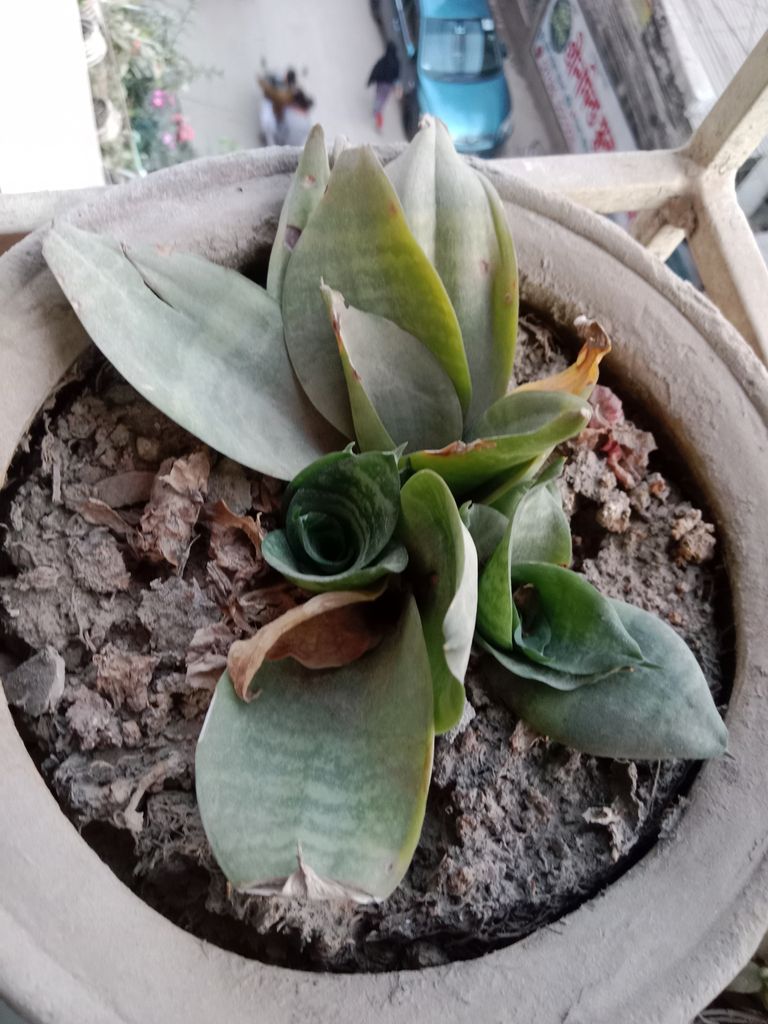Assalamualaikum
Everyone. l am @a-marjanmim
From #Bangladesh March,19-03-2025
- A beautiful day
- March,19-03-2025,
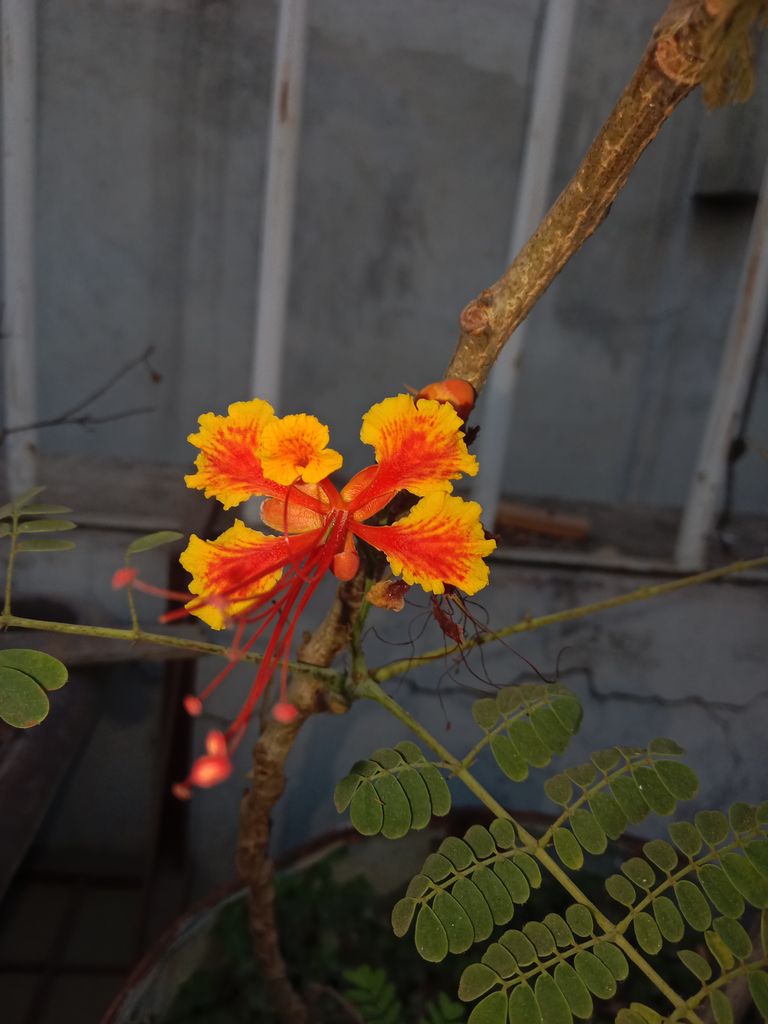
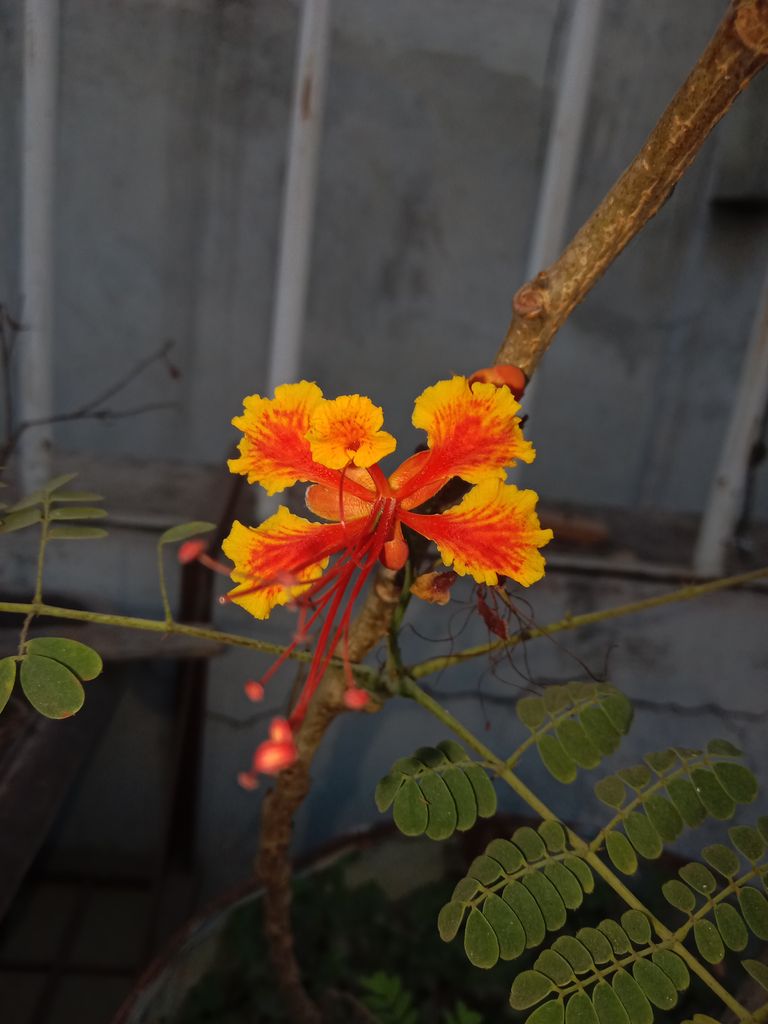
Caesalpinia pulcherrima is a species of flowering plant in the pea family Fabaceae, native to the tropics and subtropics of the Americas. It could be native to the West Indies, but its exact origin is unknown due to widespread cultivation. Common names for this species include poinciana, peacock flower, red bird of paradise, Mexican bird of paradise, dwarf poinciana, pride of Barbados, flos pavonis, and flamboyant-de-jardin.[citation needed. It is a shrub growing to 3 m tall. In climates with few to no frosts, this plant will grow larger and is semievergreen. In Hawaii this plant is evergreen and grows over 5 m tall. Grown in climates with light to moderate freezing, it will die back to the ground during the winter, but will rebound in mid- to late spring. This species is more sensitive to cold than others.
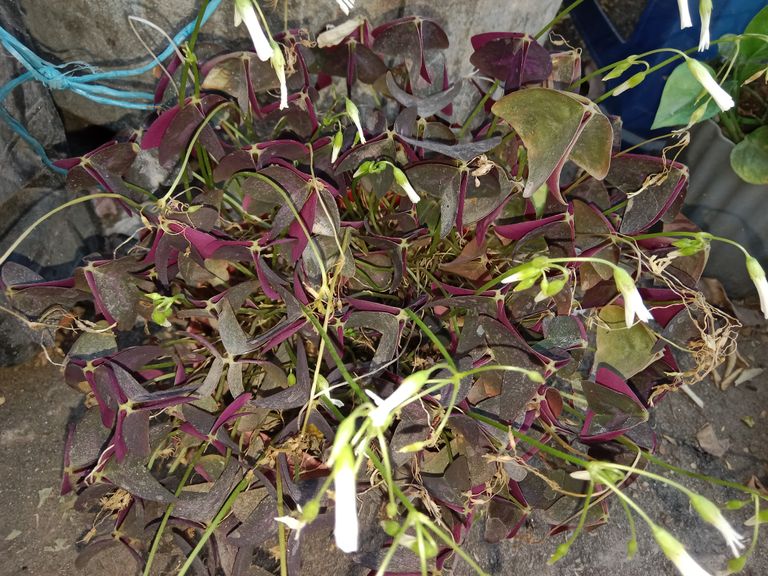
Oxalis triangularis, commonly called false shamrock, is a species of perennial plant in the family Oxalidaceae. It is native to several countries in southern South America. This woodsorrel is typically grown as a houseplant but can be grown outside in USDA climate zones 8a–11, preferably in light shade. The deep maroon leaves are trifoliate, like species in the clover genus Trifolium which are commonly called shamrock, hence the name "false shamrock". The leaves fold down at night, when disturbed, and when in harsh sunlight. The white or pale pink five-petalled.
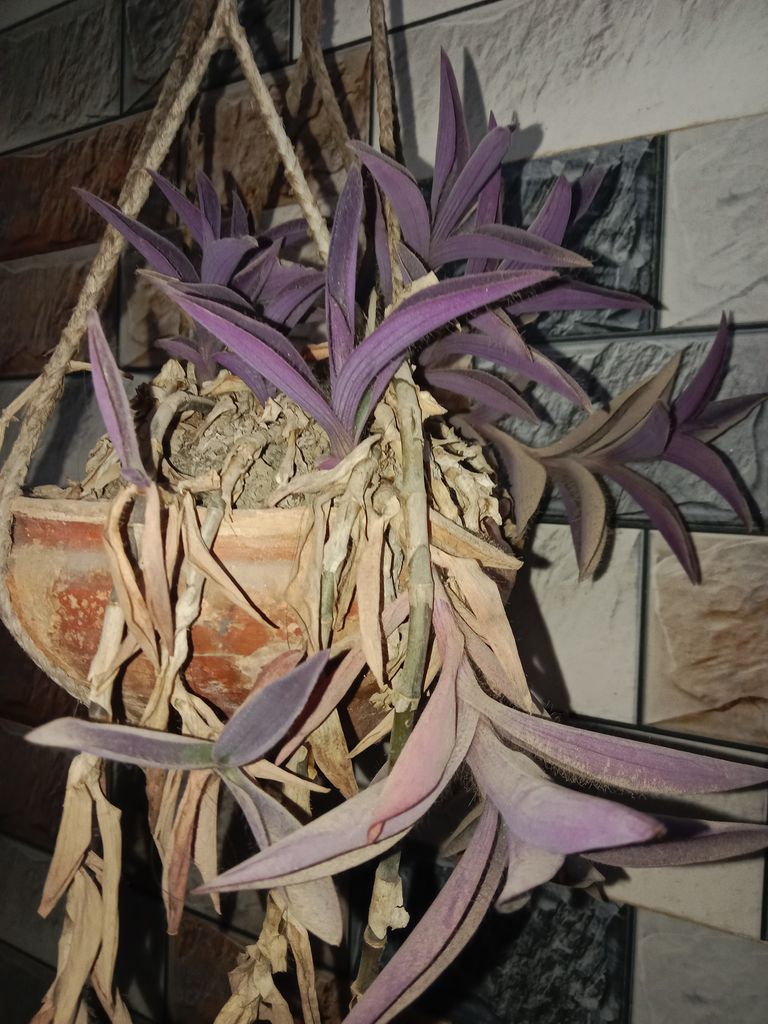
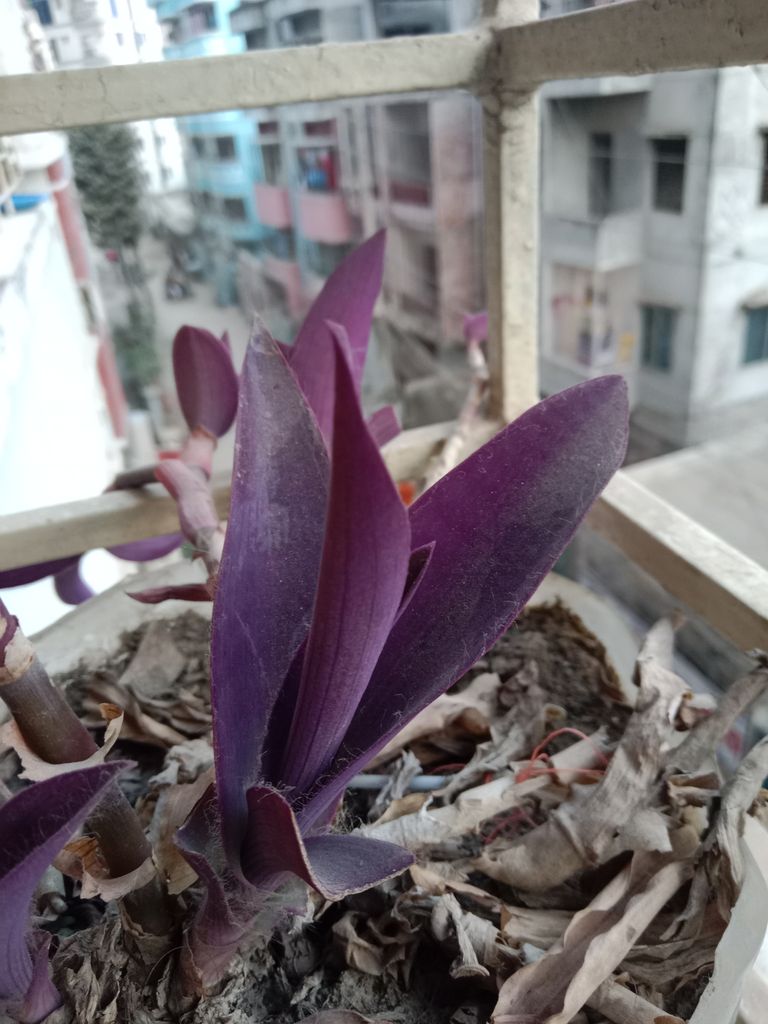
Purple Heart originated in Mexico or North America. It belongs to Commelinaceae family and its scientific name is Tradescantia pallida. Also known as Purple Queen. It is well known as a cold weather flower.
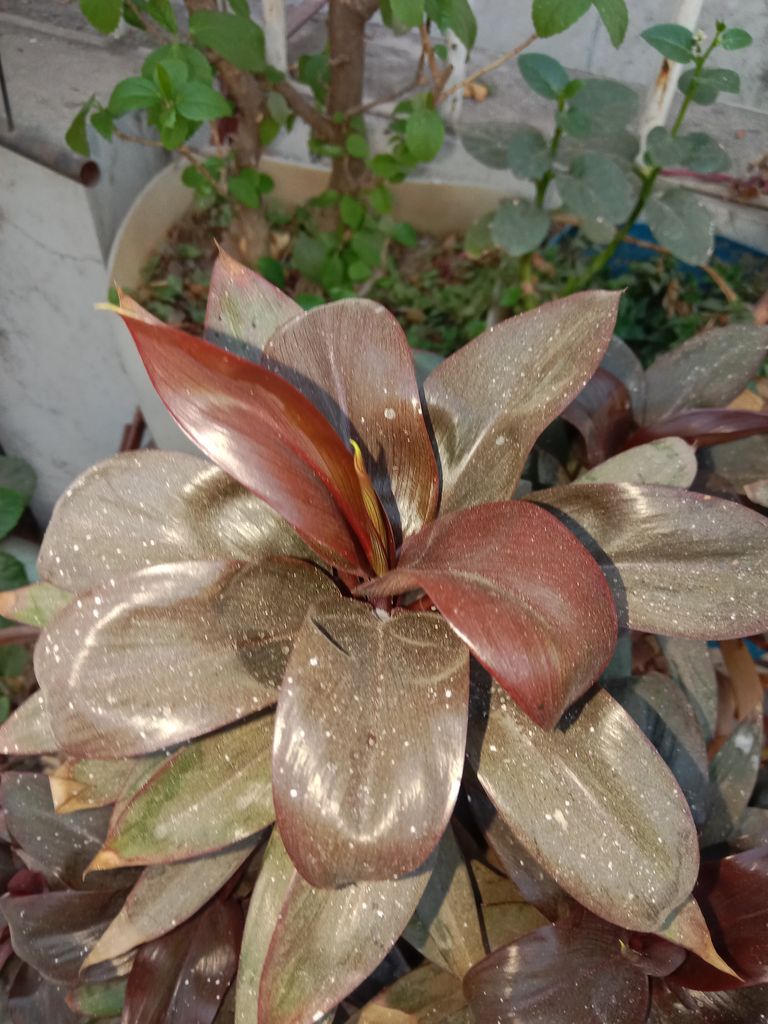
This image shows a Cordyline fruticosa, also known as the ti plant, cabbage palm, or good luck plant. This plant is recognizable by its vibrant foliage, which can range in color from pale pink and green to deep red and purple. The leaves are broadleaf, evergreen, lanceolate, oblong, crowded, and have grooved petioles. Cordyline fruticosa is native to tropical Southeast Asia, eastern Australia, and some Pacific islands, including Hawaii. It is often grown as a houseplant in temperate climates and is cultivated for its ornamental value. In its natural habitat, it can grow up to 10 feet tall, but as a houseplant, it typically reaches 3-6 feet.
